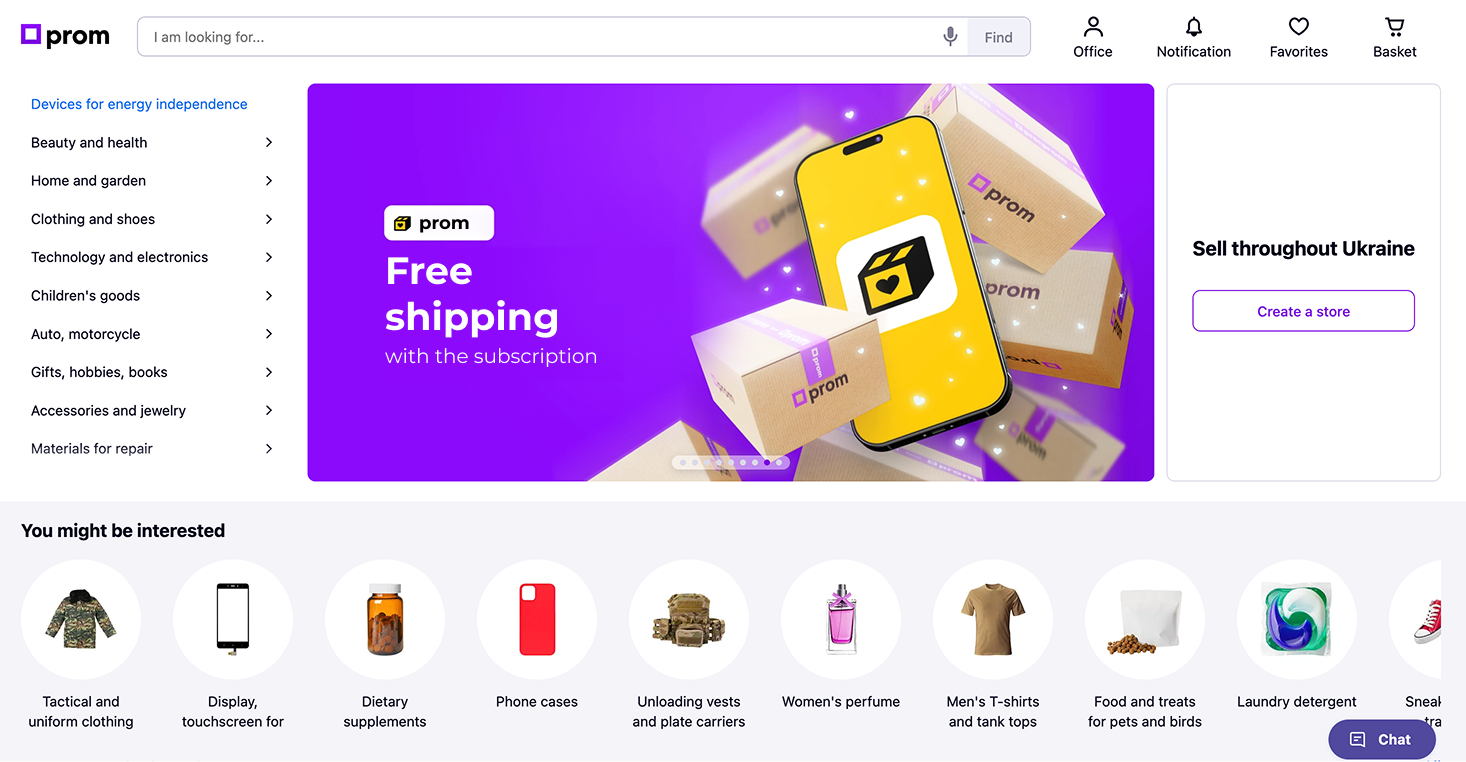Key Takeaway
By repositioning the recommended products block on PDPs to improve visibility and engagement, Prom.ua increased average revenue per user by 6%. This increase was driven by significant product page views per session growth, increasing revenue from Prom's merchant-based monetization model.
Client Overview
Prom.ua is one of the largest online marketplaces in Eastern Europe, attracting over 60 million monthly sessions (according to Similarweb). The platform supports a large catalogue of B2C and B2B products and is monetised through paid PDP visits - merchants are charged when users visit their product detail pages.

Opportunity Background
Analysis showed that while category pages drove the majority of clicks to product detail pages, a smaller but still significant proportion came from recommended product blocks. However, scroll depth data revealed that 75% of users never saw the recommended block, as it appeared approximately five screenfuls down on most product detail pages. This suggested a missed opportunity to increase session depth and revenue.
Solution
We moved the recommended products block from the fifth screen to the second screen of the product detail pages, making it more accessible to the majority of users. This repositioning encouraged users to continue browsing through additional PDPs rather than ending their session.
The key metric was average revenue per user, while engagement with the recommended block was tracked as a supporting indicator of behavioral lift.
Results
The new layout drove a 700% increase in engagement with the recommended products block and resulted in a 6% uplift in average revenue per user.